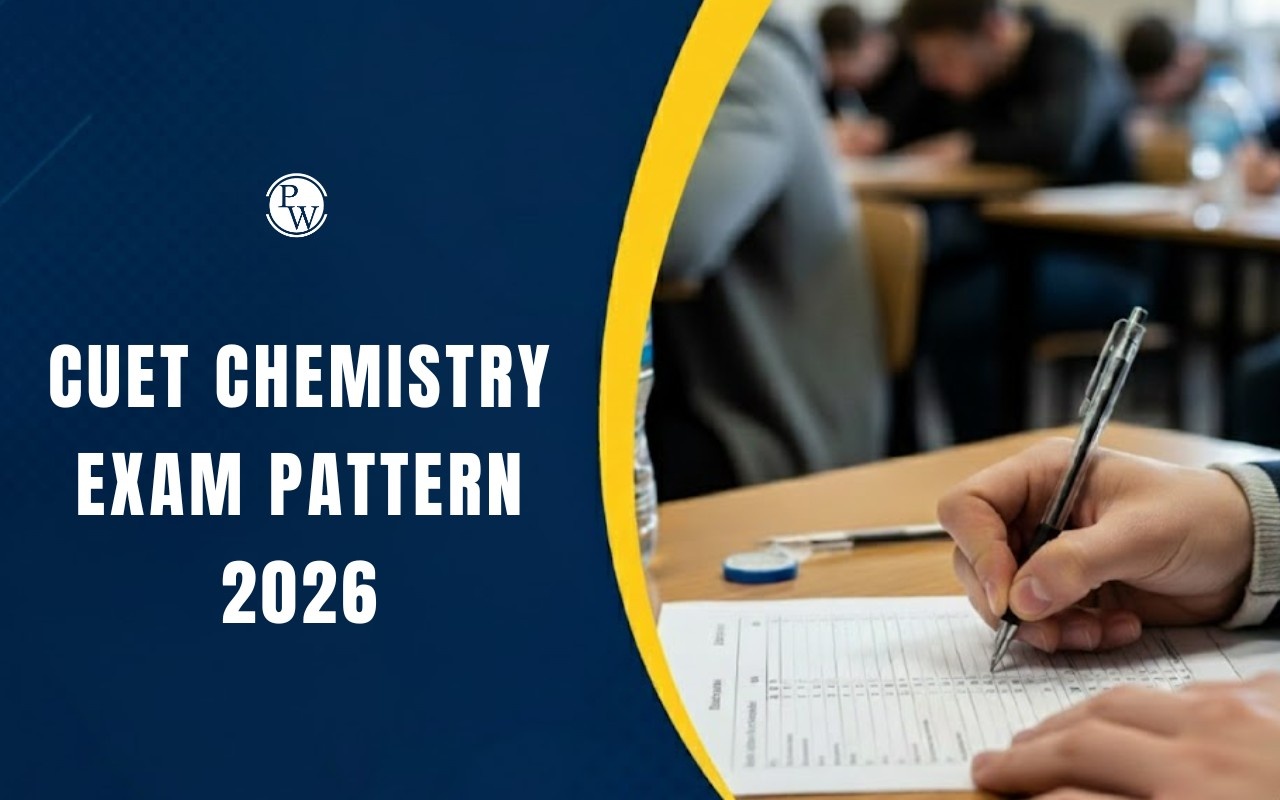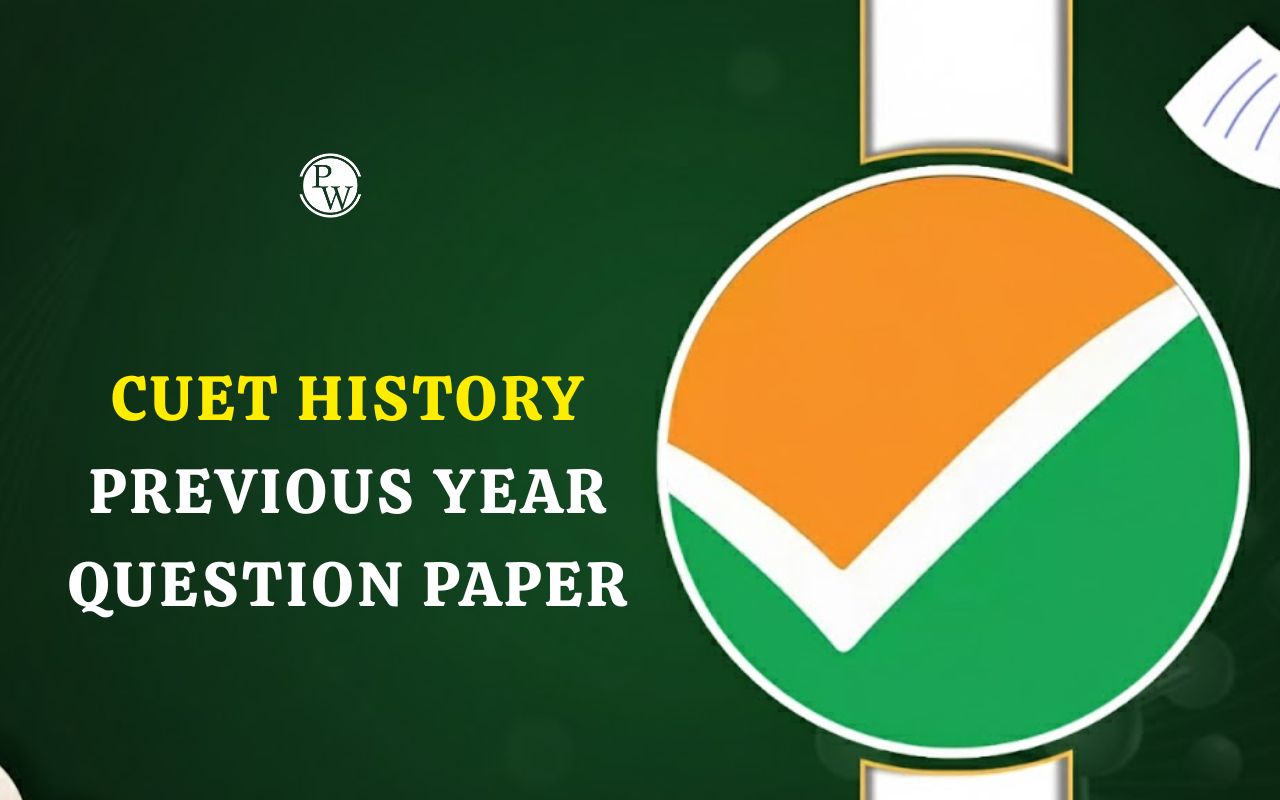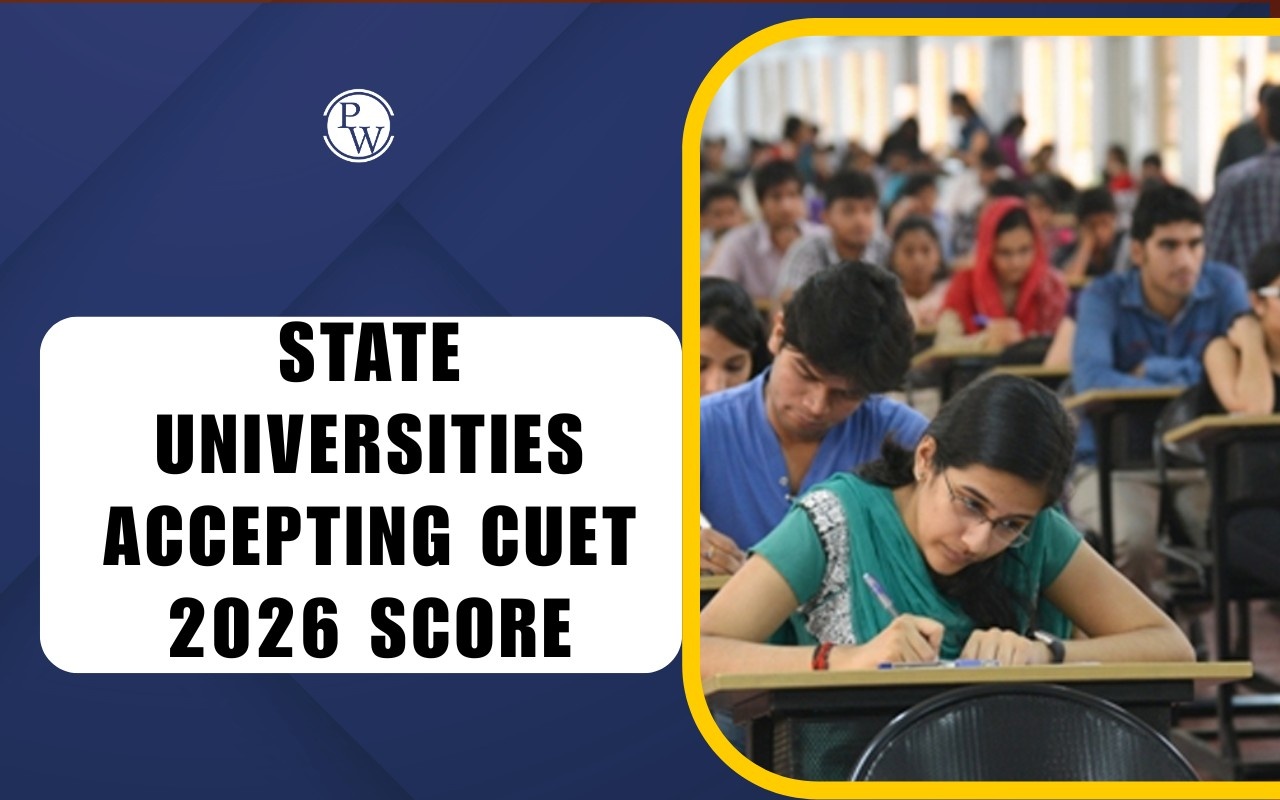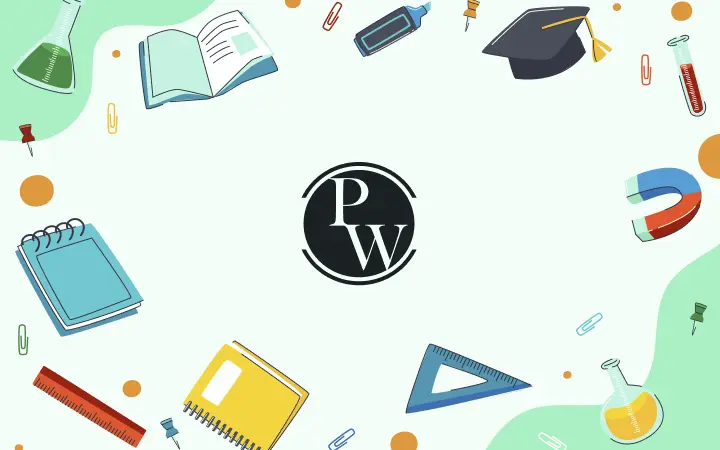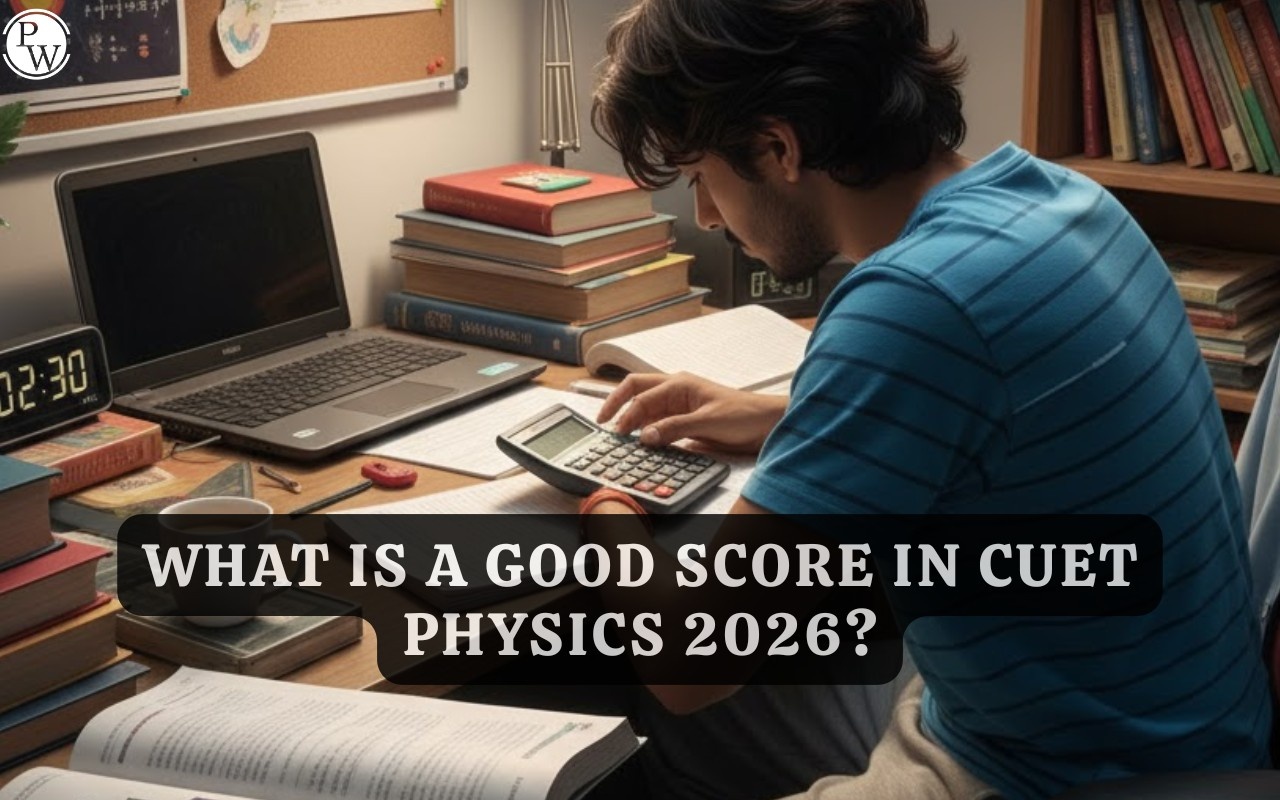
B.Tech Admission through CUET 2025 : NTA provides admission to various UG courses such as B.Tech, B.Sc, BCA, BA, B.Com, BA LLB, etc through CUET exam. Candidates who wish to get admission to B.Tech courses through CUET UG exam must check B.Tech Admission through CUET 2025 details in this article. NTA is expected to conduct CUET UG 2025 exam in the third week of May 2025. CUET UG 2025 Application Form is expected to be released in February 2025.
CUET Eligibility Criteria 2025 for B.Tech
Candidates who wish to apply for CUET UG 2025 exam for B.Tech admission must check the cuet eligibility criteria below.- Educational Qualification: Candidates must have completed their higher secondary education (12th grade) from a recognized board. This typically includes subjects like Physics, Mathematics, and Chemistry.
- Minimum Percentage: Most universities require a minimum percentage in the qualifying examination (12th grade). This is often around 50% to 60%, but candidates should check specific university requirements.
- Subjects Required: Candidates must have studied Physics and Mathematics in their 12th-grade curriculum. Some institutions may also require a third subject, which could be Chemistry, Biology, Computer Science, or another relevant subject.
- Age Limit: There is usually no strict age limit for B.Tech admissions, but some universities may have specific age criteria, so it’s best to verify with individual institutions.
- CUET Score: Candidates must appear for the CUET and achieve a qualifying score as determined by the participating universities for admission into B.Tech programs.
- Reservation Criteria: Many institutions follow government regulations regarding reservation for SC, ST, OBC, and EWS candidates. Specific percentage reservations will vary by college.
- Additional Requirements: Some universities may have additional requirements, such as personal interviews or counseling sessions, as part of their admission process.
CUET Exam Pattern 2025 for B.Tech
Candidates who wish to appear in CUET UG exam for admission to B.Tech courses can check the cuet exam pattern below. The question paper will include three sections i.e., Section 1A & 1B, Section 2, and Section 3.| CUET Exam Pattern 2025 for B.Tech | |
| Particulars | Details |
| Mode of the examination | Computer-based-test (CBT)/Offline |
| Type of questions | Multiple Choice Questions (MCQs) |
| CUET BTech sections | Section 1 A & B - Language |
| Section 2 - Domain Subject (Physics, Chemistry and Mathematics) | |
| Section 3 - General Test (Optional) | |
| Total number of Questions | Section 1A- 50 |
| Section 1B- 50 | |
| Section 2- 40 or 50 | |
| Section 3- 60 | |
| Negative marking | Yes |
| Marking Scheme | +5 for each correct answer |
| -1 for each incorrect answer | |
| Medium of CUET exam | 13 languages - English, Hindi, Assamese, Bengali, Gujarati, Kannada, Malayalam, Marathi, Odia, Punjabi, Tamil, Telugu, and Urdu |
| Number of domain subjects | 27 |
Advantages of CUET Over JEE Main
Candidates can check the advantages of CUET UG exam over JEE Main below.- Broader Participation: CUET allows candidates to apply to multiple universities and courses with a single score. This provides more options compared to JEE Main, which primarily focuses on engineering colleges.
- Less Competitive: CUET may be perceived as less competitive than JEE Main, making it an attractive option for candidates who may find JEE’s rigorous exam structure daunting.
- Diverse Course Options: CUET often allows students to apply for various programs, including non-engineering courses. This flexibility is beneficial for those considering multiple fields of study.
- Easier Admission Process: The CUET process can be more straightforward, with less emphasis on high-stakes competition compared to JEE Main, which requires intensive preparation and can be quite stressful.
- Focus on Class 12 Performance: CUET typically considers candidates' performance in their 12th-grade exams alongside their CUET score. This holistic approach can benefit students who may excel in their board exams.
- Availability of State Universities: CUET provides access to many state universities that might not be affiliated with JEE Main, giving candidates a wider range of institutions to consider.
- Focus on Multiple Subjects: CUET often allows candidates to showcase their strengths in multiple subjects, not just Physics, Chemistry, and Mathematics, which can be advantageous for those with diverse academic interests.
- Reduced Stress: The overall preparation environment for CUET might be perceived as less stressful compared to the intense competition of JEE Main, which can help students maintain better mental health.
- Improved Accessibility: CUET can increase access to higher education for a larger number of students, particularly those from diverse educational backgrounds or regions, promoting inclusivity.
CUET B.Tech Syllabus 2025
CUET Syllabus 2025 for B.Tech courses is similar to CBSE Class 12 board exam. Candidates can check the subject-wise CUET B.Tech syllabus 2025 below.CUET Mathematics Syllabus
The Mathematics syllabus for CUET UG exam includes various topics such as Algebra of Matrices, Determinants, Inverse of a Matrix, Differential Equations, Linear Programming, Time Series, etc. Candidates can check CUET Mathematics Syllabus in the table below.| CUET Mathematics Syllabus | Topics |
| Section A Mathematics |
Algebra
|
| Section B1 Mathematics/Applied Mathematics |
|
| Section B2 Applied Mathematics |
|
CUET Syllabus for Physics and Chemistry
The Physics and Chemistry syllabus of CUET UG exam includes various such as Electrostatics, Electromagnetic Waves, Electronic Devices, Optics, Surface Chemistry, Coordination Compounds, Biomolecules, Electrochemistry, etc.| CUET Syllabus for Physics and Chemistry | |
| CUET Physics Syllabus | CUET Chemistry Syllabus |
|
|
List of B.Tech Colleges
There are around 20 colleges offering admission to B.Tech courses through CUET UG examination. Candidates can check the college-wise offered courses through CUET UG 2025 exam in the table.|
B.Tech Admission through CUET 2025: List of B.Tech Colleges |
|
| Name of College | Course |
| Banaras Hindu University (BHU) | BTech Food Technology BTech Dairy Technology |
| Delhi University (DU) | BTech in Information Technology and Mathematics Innovation |
| Hemvati Nandan Bahuguna Garhwal University | BTech in CSE, ECE, IT, Mechanical, Electrical & Instrumentation |
| Central University of Karnataka | BTech in Electronics & Communication Engineering, Electrical Engineering |
| Central University of Haryana | BTech in CSE, Electrical Engineering, Civil Engineering, Printing & Packaging Technology |
| Chatrapati Shivaji Maharaj University | BTech in CSE, Civil, Mechanical and Biotechnology |
| Sri Mata Vaishno Devi University | BTech in BTech in Electronics & Communication, Electrical, Civil, Mechanical, CSE |
| Central University of Jharkhand | BTech-MTech Integrated course in CSE, Electrical, Civil BTech in Metallurgical and Materials Engineering |
| Dr. APJ Abdul Kalam Technical University | BTech in Agriculture BTech in Biotechnology |
| Galgotias University | BTech in Electronics & Communication, Electrical, Civil, Mechanical, AI & ML, AI & Data Science, CSE |
B.Tech Admission Through CUET 2025 FAQs
Q.1 : What is a good score in CUET for BTech?
Ans. A score of 700 and above is a very good score in CUET B.Tech examinations. A score between 200 and 400 is considered as low score in CUET B.Tech exam.
Q.2 : Which universities accept CUET scores for B.Tech admissions?
Ans. Many central, state, and private universities accept CUET scores. A complete list of participating universities can be found on the official CUET website.
Q.3 : What are the eligibility criteria for CUET B.Tech admissions?
Ans. Candidates must have completed their 12th grade with subjects like Physics, Mathematics, and Chemistry. A minimum percentage requirement varies by university.
Q.4 : What subjects are included in the CUET for B.Tech?
Ans. CUET exam typically includes subjects like Physics, Chemistry, Mathematics, and possibly a General Test, depending on the university's requirements.
🔥 Trending Blogs
Talk to a counsellorHave doubts? Our support team will be happy to assist you!

Check out these Related Articles
Free Learning Resources
PW Books
Notes (Class 10-12)
PW Study Materials
Notes (Class 6-9)
Ncert Solutions
Govt Exams
Class 6th to 12th Online Courses
Govt Job Exams Courses
UPSC Coaching
Defence Exam Coaching
Gate Exam Coaching
Other Exams
Know about Physics Wallah
Physics Wallah is an Indian edtech platform that provides accessible & comprehensive learning experiences to students from Class 6th to postgraduate level. We also provide extensive NCERT solutions, sample paper, NEET, JEE Mains, BITSAT previous year papers & more such resources to students. Physics Wallah also caters to over 3.5 million registered students and over 78 lakh+ Youtube subscribers with 4.8 rating on its app.
We Stand Out because
We provide students with intensive courses with India’s qualified & experienced faculties & mentors. PW strives to make the learning experience comprehensive and accessible for students of all sections of society. We believe in empowering every single student who couldn't dream of a good career in engineering and medical field earlier.
Our Key Focus Areas
Physics Wallah's main focus is to make the learning experience as economical as possible for all students. With our affordable courses like Lakshya, Udaan and Arjuna and many others, we have been able to provide a platform for lakhs of aspirants. From providing Chemistry, Maths, Physics formula to giving e-books of eminent authors like RD Sharma, RS Aggarwal and Lakhmir Singh, PW focuses on every single student's need for preparation.
What Makes Us Different
Physics Wallah strives to develop a comprehensive pedagogical structure for students, where they get a state-of-the-art learning experience with study material and resources. Apart from catering students preparing for JEE Mains and NEET, PW also provides study material for each state board like Uttar Pradesh, Bihar, and others
Copyright © 2025 Physicswallah Limited All rights reserved.
Get App

